Many gardeners dream of a beautiful plot and flower garden. In cold climates it is difficult to preserve plants. Some of them require special care not only at the time of active growth. For example, flowering bushes need care and preparation for the harsh period. In order not to lose the main decoration of the garden, you should know how to cover roses for the winter in Siberia.
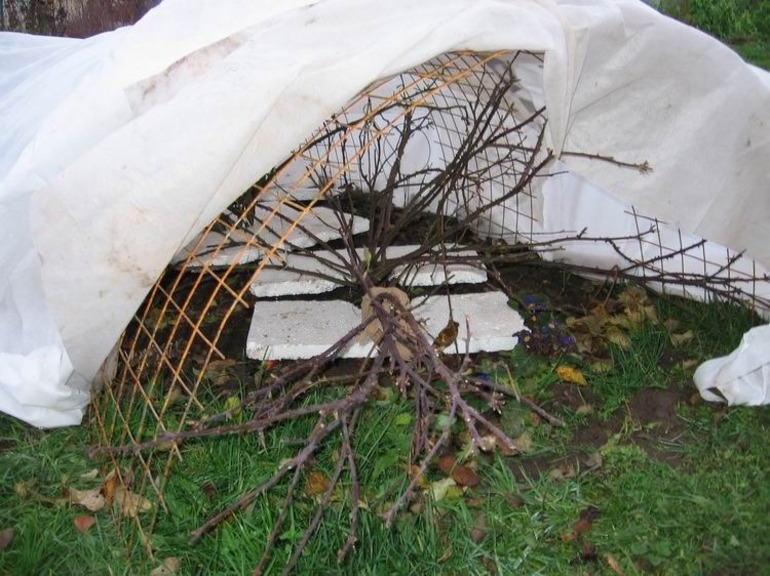
Content
Stages in the preparation of roses
In warm places, the rose garden does not need winter care. On the contrary, they wither from excessive insulation. There are areas in which the temperature does not drop to critical levels. There, snow is considered a natural shelter, which helps not to freeze roses in winter. In this case, the bushes require pruning and top dressing in the fall.
But in areas where the cold season is harsh, proper preparation, pruning and shelter in the autumn is needed. The main stages of preparation for winter:
- plant nutrition;
- delete or trim.
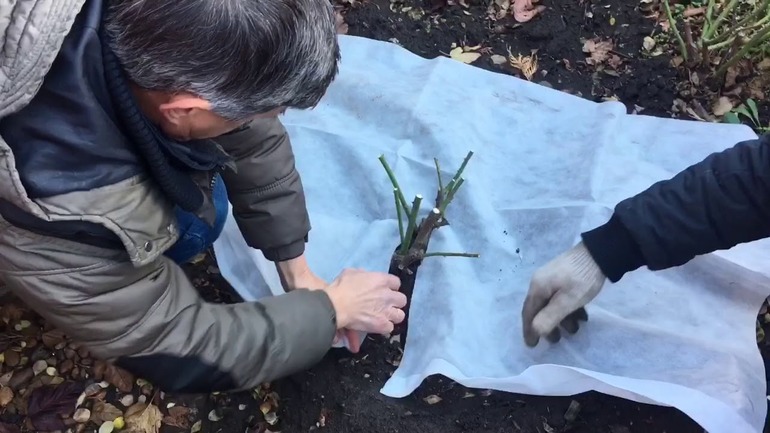
At the same time, experienced gardeners are advised to consider the variety of roses. Hybrid tea and some types of climbing can not tolerate the cold, so you need to prepare well for the winter. Miniature roses and floribunda are more stable than others. The main thing is to prevent excessive warming, so that the plants do not overtake in the spring. By autumn, the bushes should be strong and healthy, shoots - well ripened. Excess water and nitrogen fertilizers at the end of the summer period inhibit the maturation of wood on the bushes. Experienced flower growers in Siberia know that the height of the snow played a large role. In November, it should be about 25 cm, and in the middle of winter - 55 cm.
Feeding and pruning a bush
In early August, it is recommended to stop watering roses. Such rest from moisture lasts until October. In mid-autumn, the bushes are irrigated with plenty of water. It should penetrate as deep as possible and nourish the roses all winter. From the beginning of September, they cease to loosen the soil near the bush in order to prevent the awakening of the kidneys at this time.
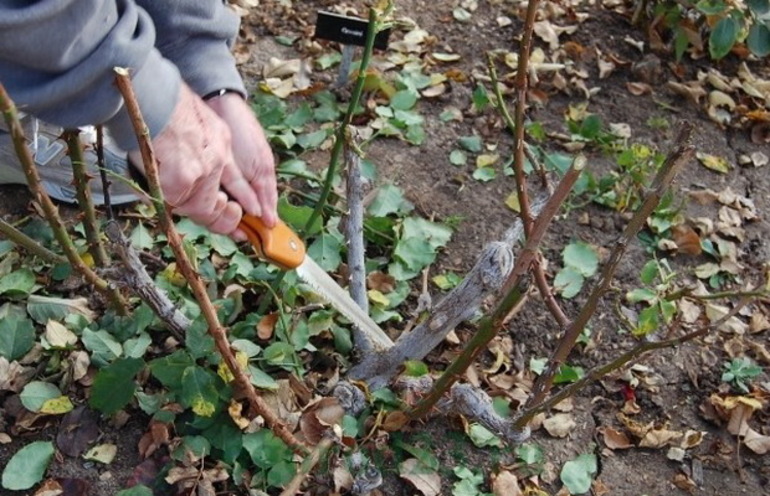
The root system and stems weaken during the winter, you need to feed the plant. At the same time, an excessive amount of fertilizer is not allowed, since it causes active growth of the bush, which is harmful in the autumn period. The correct fertilizing includes phosphate and potassium fertilizers, which are bred according to the instructions for use.
Trimming the bush includes leaf removal and dried branches. Shoots that have been damaged or broken are also cleaned. Do not spare green leaves and fresh twigs. They will not survive the winter, and new ones will spring in the spring. Attention is paid to the variety of the bush, for example:
- Stamp roses. Only badly bending branches are cut. The rest are laid out on the ground, trying not to damage, and dug up.
- Rattled varieties of roses. Remove dry, old, too long and infected branches. As well as shoots over the age of 3 years. So that pests and diseases do not infect other plants, they are burned.
Under natural conditions, the bush goes into a dormant stage during fruit ripening. After this stage, the formation of young shoots stops.
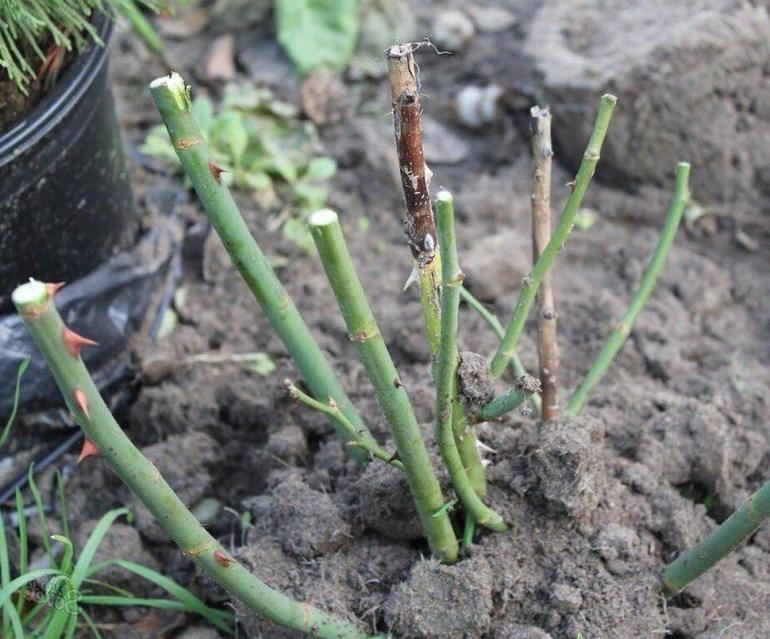
In addition to creating insulation in the garden, there is another option.After necessary pruning in the autumn, roses are dug up together with the ground, placed in buckets (covered with moss) or plastic bags (tied tightly near the roots), lowered into the basement, waiting for the temperature to drop to -9 at night 0FROM.
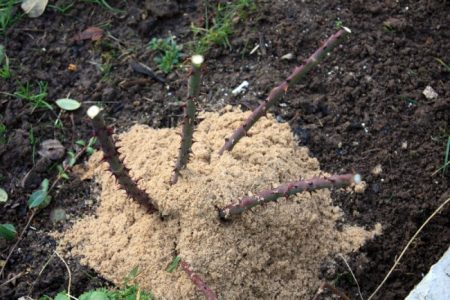 You may be interested in:
You may be interested in:When choosing any type of insulation on the site, it is necessary to leave an air gap. She is needed for a safe wintering. If the bushes and material are in contact, by the beginning of spring there will be a risk of evaporation. But one should not allow too dense shelter, roses may not have enough oxygen.
Needles shelter
A good insulation for low (less than 50 cm) rose bushes is spruce. It is necessary to take into account the time of shelter. Starting early, the plant will be exposed to heat under the insulation. And if you skip the right weather, it will freeze. A good period is considered to be a temperature drop to -5 0FROM.
Shelter is carried out in several stages:
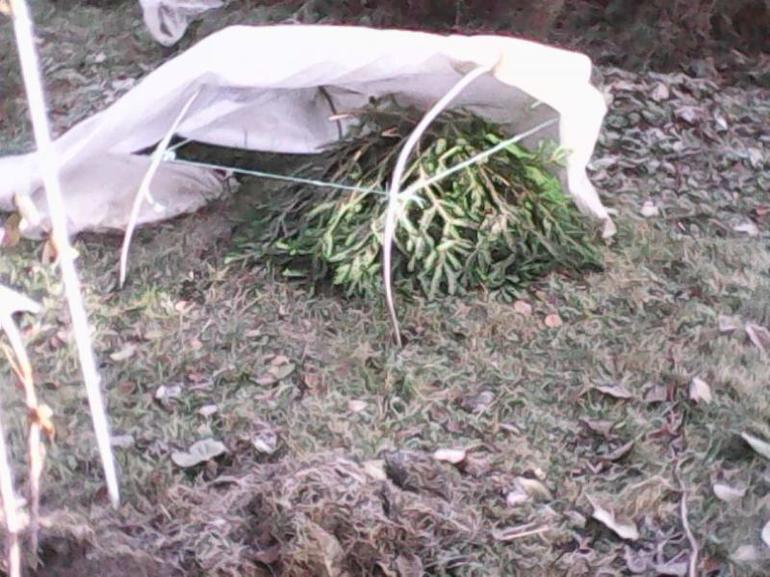
- Loosening the earth. To begin with, garbage, dry grass and foliage are removed from the flower garden. Around the bush, neat loosening is carried out, trying not to touch the roots. The approximate thickness of the treated soil should be about 5 cm.
- Spraying with blue vitriol. The tool (30 g) is dissolved in a small amount of water. Dilute to 5 liters and use as quickly as possible with a spray gun. Consumption - 10 l per 100 m2. In addition to copper sulfate, Bordeaux is used.
- Pest protection. After treatment with a fungicide against disease and insects, wood ash is recommended as an additional tool. It well covers the soil around the bush.
- Hilling peat or land. At night temperature below 5 0C carry out tacking with dry components. Small seedlings spud to mid-height. Tall bushes up to 1/3 of growth.
- Shelter with branches of spruce or pine. In dry, cloudless weather, they put the spruce branches on top of the bushes. Novice gardeners fill the gaps with grass, sawdust or leaves. This is a big mistake, as these materials begin to deteriorate quickly from moisture.
Polyethylene insulation
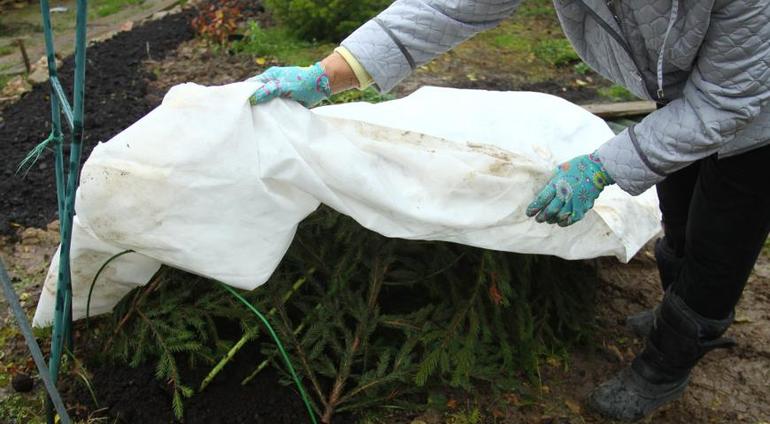
Simple and effective shelter greenhouses are considered. It is recommended to monitor timely ventilation in order to prevent bushes from aging. Metal arms or rods are mounted above the roses. Some do this well in advance. Many gardeners dig ditches to exit the water. It is possible to carry out warming both for one bush, and for a number of. Start before the onset of cold weather.
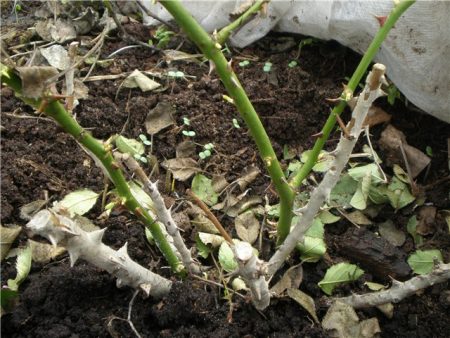 You may be interested in:
You may be interested in:The arcs are covered with roofing material and polyethylene. The edge of the first layer is slightly raised for air circulation. But this condition is not considered mandatory. As a substitute for roofing material, cardboard or tar paper is used.
Spring Shelter
When planting roses, select plots of land above the rest of the soil. This is done so that in the spring in the garden with the bush did not accumulate destructive moisture. An undoubted advantage is the fact that these areas warm up faster than others.
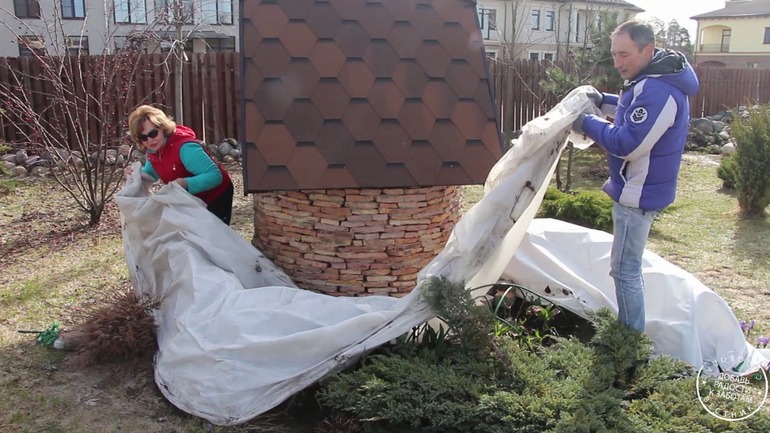
At the first warm days, the bushes are freed from shelter. It is recommended to do this at the optimal time, since roses can either be frozen or overheated. Experienced flower growers are guided by the state of the earth. If she thawed by 10-15 cm, proceed to the removal of insulation. This usually happens in late April or early May.
Do not open abruptly or remove the insulation completely. Roses need time to get used to sunlight and temperature changes. This is done in several stages:
- raise the edges of the material;
- fully open one side of the shelter;
- remove the entire structure.
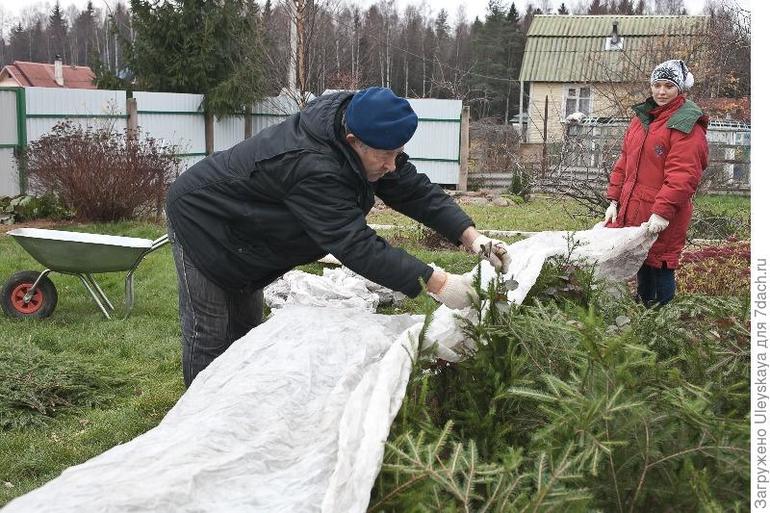
An important aspect is that you need to remove the insulation in cloudy weather. In sunlight, the plant may get burned. Coniferous branches are removed immediately after the start of the thaw. Do not allow moisture to enter the plant. From this it perishes. To make the bushes accustomed to sunlight, the first 5 or 10 days they are shaded.
The final step in the preparation of roses is the spring pruning of bushes. Dried shoots are removed, the plant is fed, and the soil is loosened and watered. Having understood how to shelter roses in the cold season, you can not worry about your favorite bushes. Proper observance of the stages ensures the preservation of roses until spring.

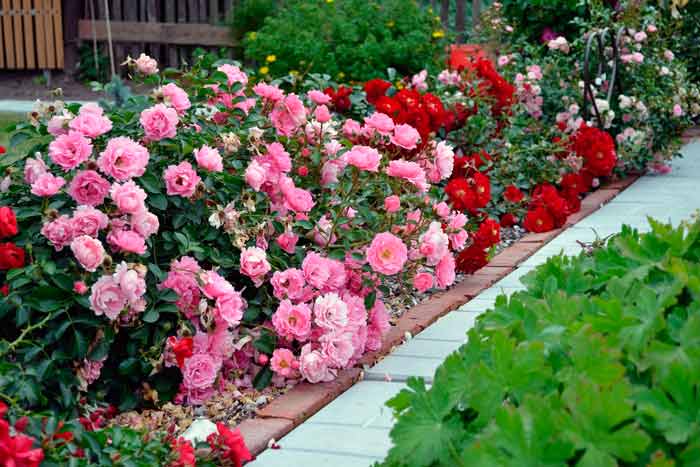 Shelter of roses for the winter: at what temperature does the robot hold
Shelter of roses for the winter: at what temperature does the robot hold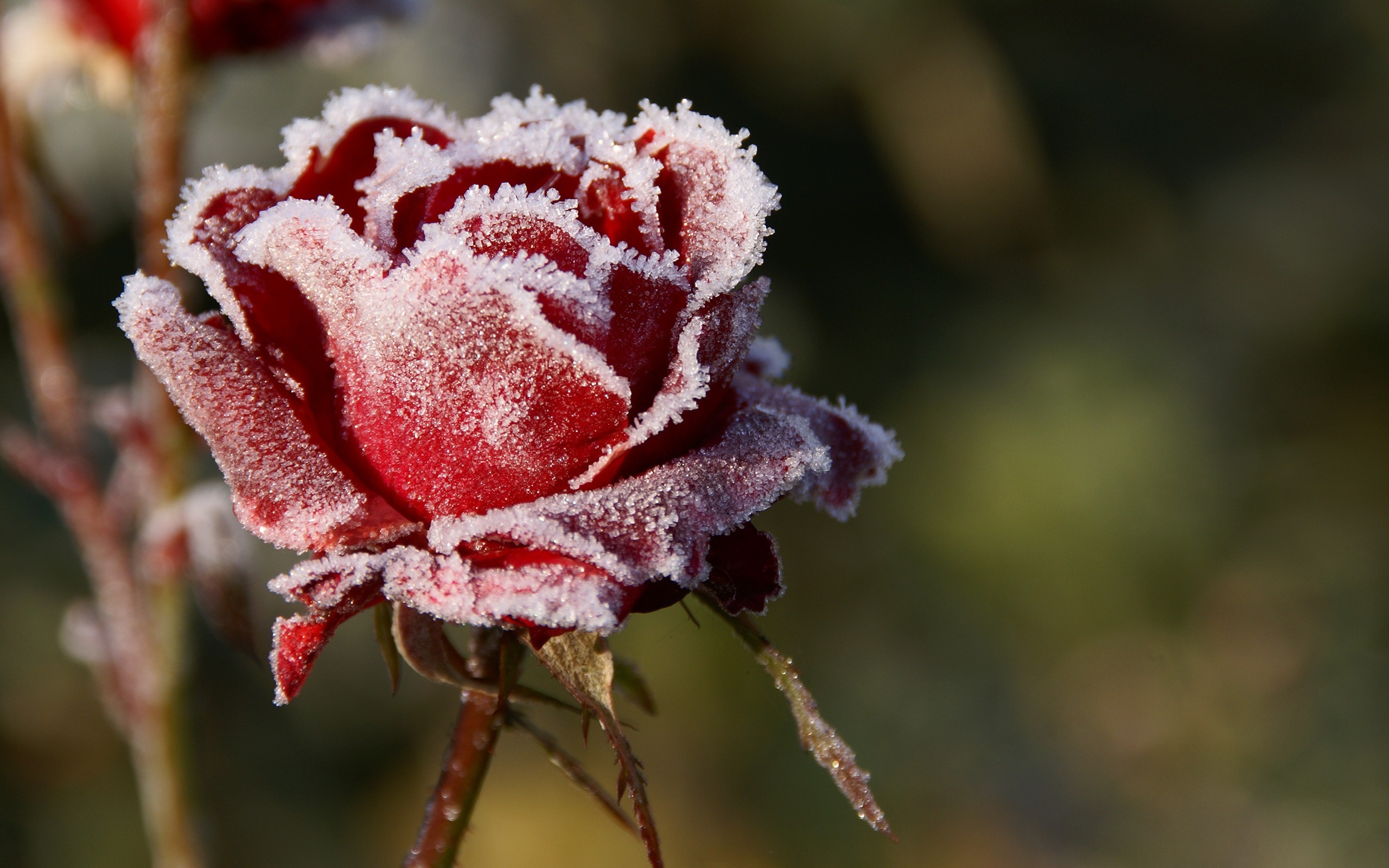 How to prune roses in the fall: timing, pruning rules, pros and cons
How to prune roses in the fall: timing, pruning rules, pros and cons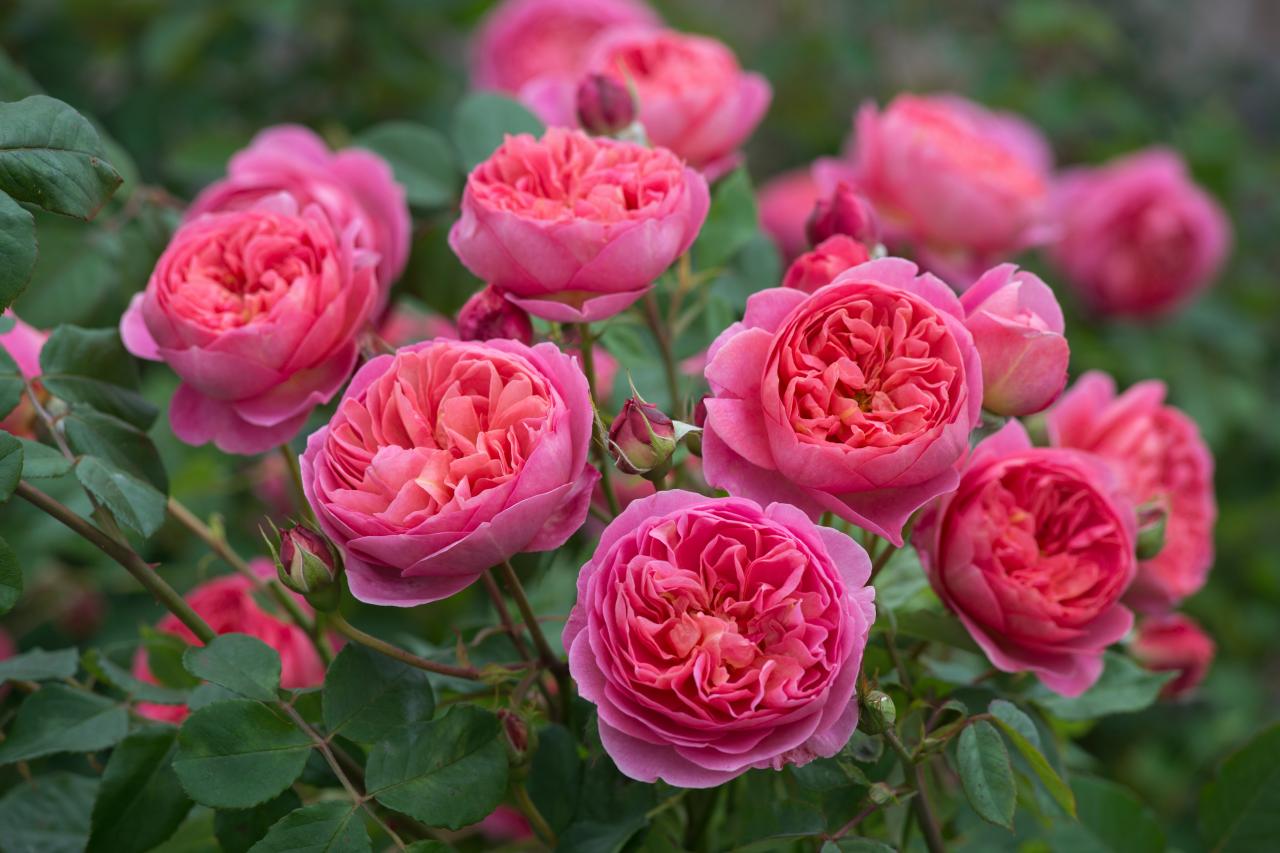 What are the varieties and types of roses
What are the varieties and types of roses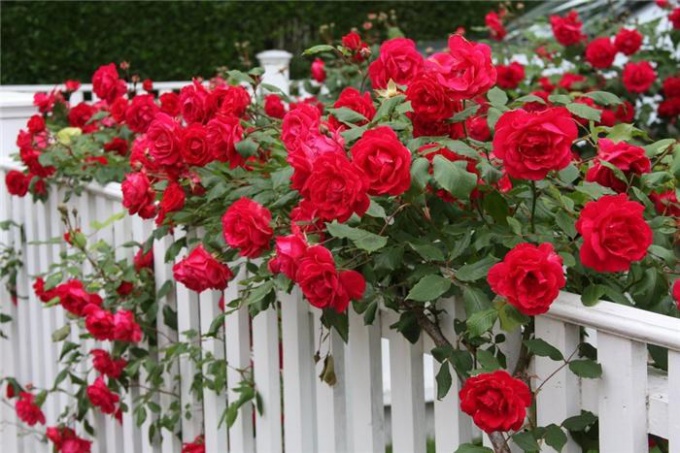 How to process roses with iron sulfate in autumn: proportions, advantages and disadvantages
How to process roses with iron sulfate in autumn: proportions, advantages and disadvantages